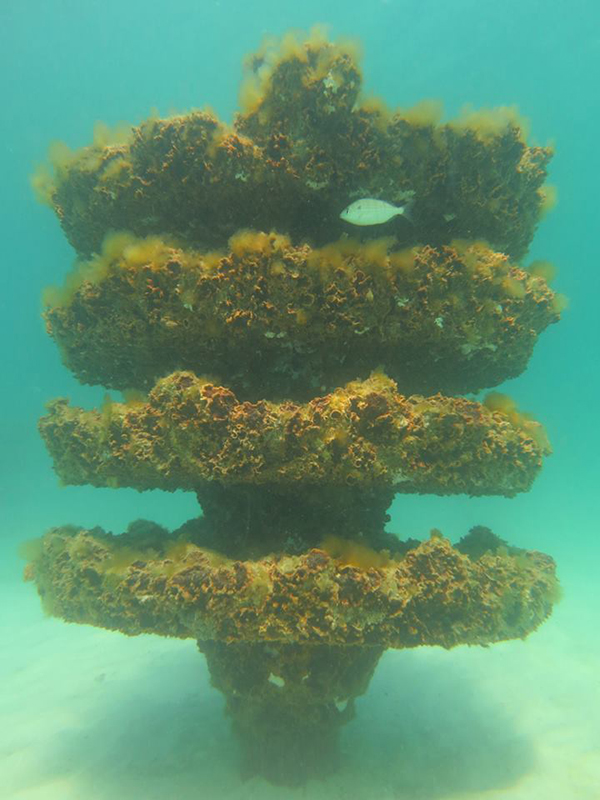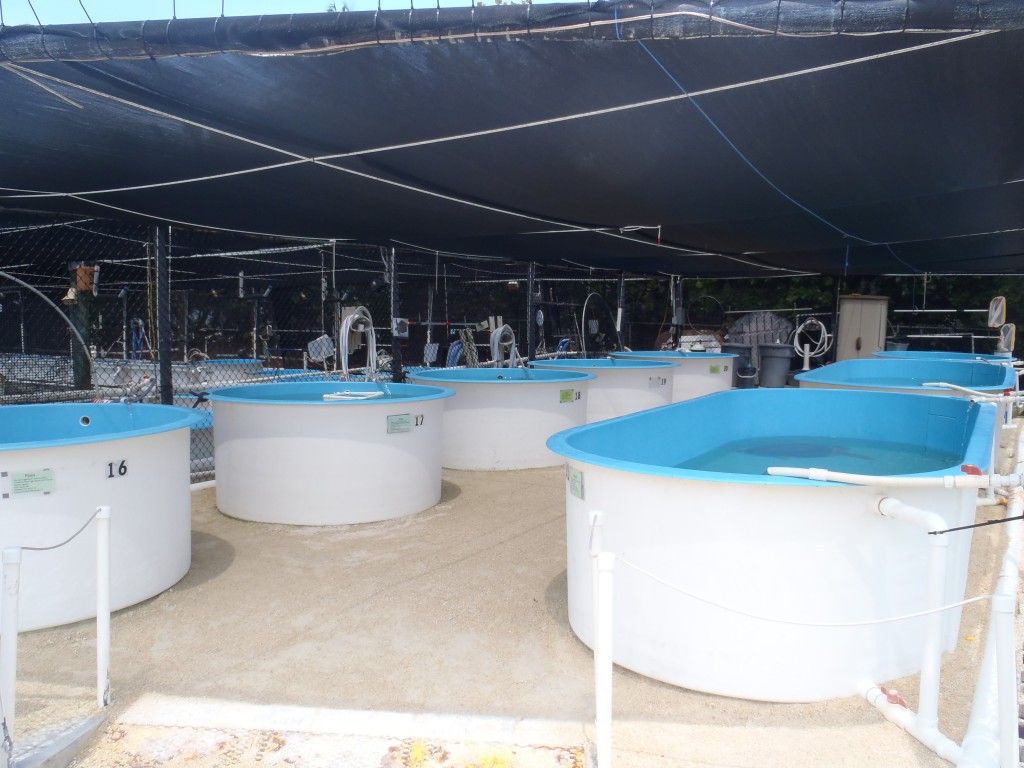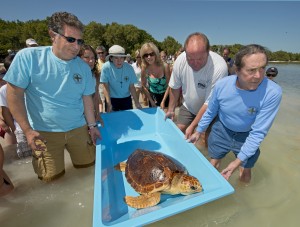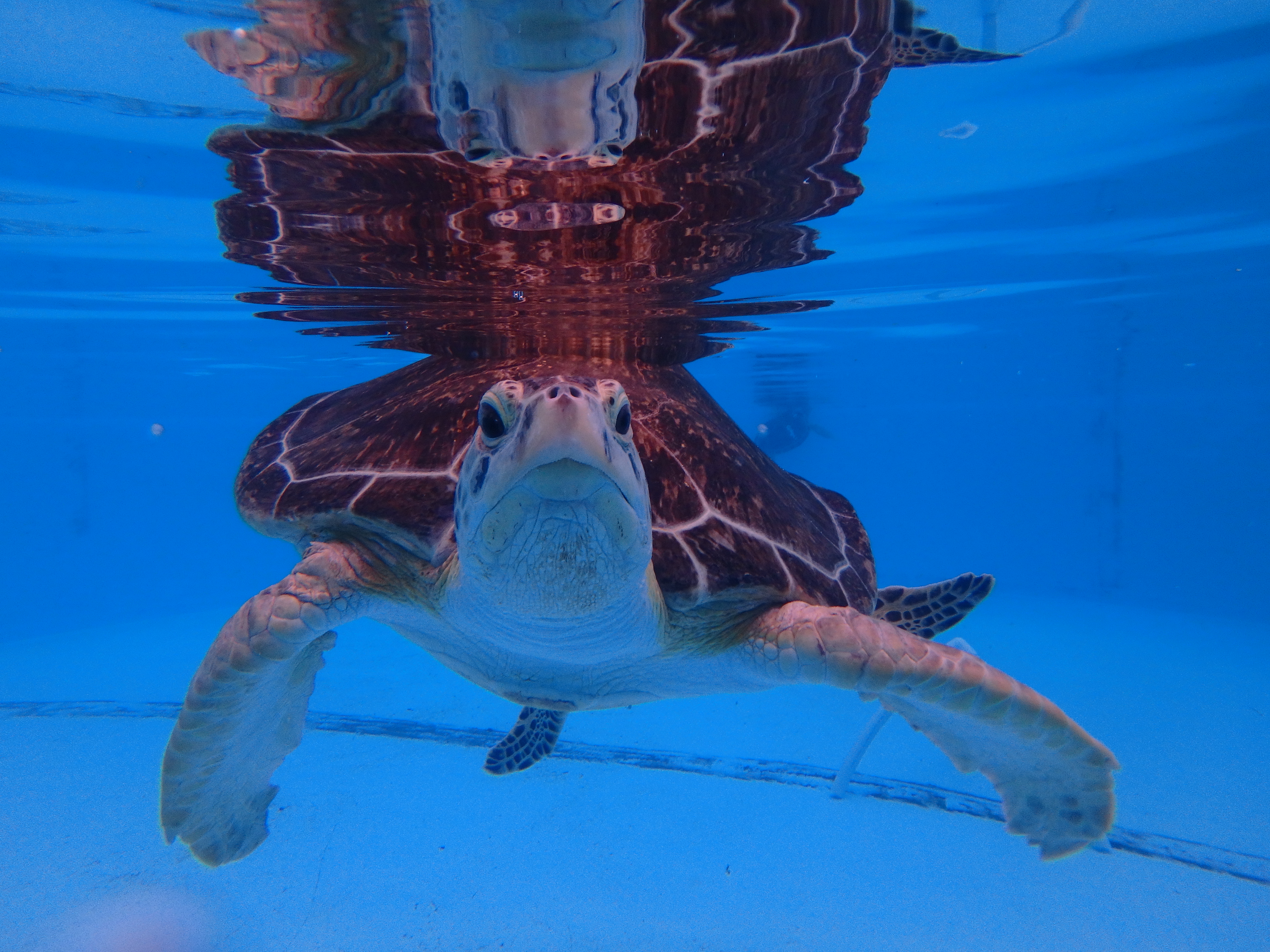The Reef Environmental Education Foundation (REEF) is an
international marine conservation organization based in Key Largo, Florida. The
mission of REEF is to protect biodiversity and ocean life. They do this through
actively engaging and educating the public through citizen science. REEF is
mainly focused on four ongoing projects: the Volunteer Fish Survey Project, the
Grouper Moon Project, the Invasive Species Program, and the Ocean Explorers
Education Program.
Volunteer Fish Survey Project
The Volunteer Fish Survey Project involves letting citizen
scuba divers and snorkelers collect and report information on marine fish
populations, as well as the populations of select invertebrate and algae
species. The data that is collected is checked by a comprehensive experience
rating system and QA/QC checks to ensure that the data is of high quality. In
2020, there were over 16,000 volunteers who had conducted over 250,000 at
almost 15,000 sites around the world.
Getting involved with the Volunteer Fish Survey Project is
easy. All you need is an underwater slate and pencil, a fish species reference
book, and access to the internet to submit your data. You also need to
familiarize yourself with the Rover Diver Survey Method, which is the method
used by REEF to keep track of how many fish are identified. You can find a
short video on the Rover Diver Survey Method here.
Grouper Moon Project
The Grouper Moon Project is a conservation science
partnership between REEF and the Cayman Island Department of Environment (DoE)
with the purpose of studying the Nassau grouper. The Nassau grouper is a social
and ecological cornerstone of Caribbean coral reefs. Normally groupers are a
solitary species, but on full moons in the winter the groupers come together in
aggregation spots to breed. During these times, many fishermen will also
aggregate on these sites in order to catch the normally elusive species. Now
over 1/3 of the grouper breeding sites have been depleted or abandoned, and the
Nassau grouper is endangered.
Since 2002, both REEF and the DoE have fielded research
teams each winter to monitor Nassau groupers in spawning sites in the Cayman
Islands. These areas are home to the last large reproductive population of
Nassau groupers. The scientists perform tagging research projects, soundscape
research, studies on the habitats and genetics of juvenile grouper, along with
other oceanographic research on their species to better understand, and to
ensure their continued survival and hopefully the restoration of their
populations.
Invasive Species Program
The threat of exotic and invasive species has been a growing
ecological threat in recent years. REEF has noticed that divers and snorkelers
are a valuable resource in detecting species outside of their natural habitat. Through
this they developed the Invasive Species Program, which gave a way for divers
and snorkelers to easily report when they spot a non-native species when they
are out on an excursion. The data is used to track where exotic species are
showing up and provides an early warning system that allows for a rapid
response to help remove non-native species before they become invasive.
REEF has been working closely with government agencies and
partners to better develop early responses to non-native species. One species
they heavily focus on is the Lionfish, trying to find better ways to slow their
invasion and hopefully remove them from U.S. waters. If you are out diving or
snorkeling and spot a species you know to be non-native, you can help by
submitting an Exotic Species Sighting Form that can be found here.
Ocean Explorers Education Program
The Ocean Explorers Education Program is meant to inspire
participants to engage with hands-on learning. The program offers
multi-disciplinary programs for both individuals and groups that focus on
biology, ecology, citizen science, invasive species, and service learning. The
Ocean Explorers Education Program has both in-person and online programs. The
program also does full-service multiple day travel programs to both
international and domestic areas. These trips are customizable and can offer
many different activities like snorkeling, kayaking, scuba diving, and many
others.
More pertinent to Stockton students would be the Ocean
Explorers Field Survey Trips, which are geared to college-age students, ages
18-25. These trips are led by REEF’s Ocean Explorer Education staff and are
geared to be equally fun and educational. Currently they have a trip planned to
Costa Rica, from July 23rd to July 30th. They also do virtual field trips for those
who cannot go on the trips in person.
If you would like to learn more about the Reef Environmental
Education Foundation or any of its projects, you can find more information on
their website linked here.





















.jpg)
.png)



.png)